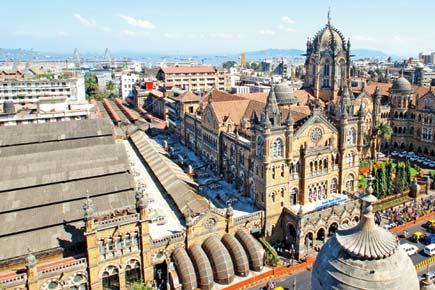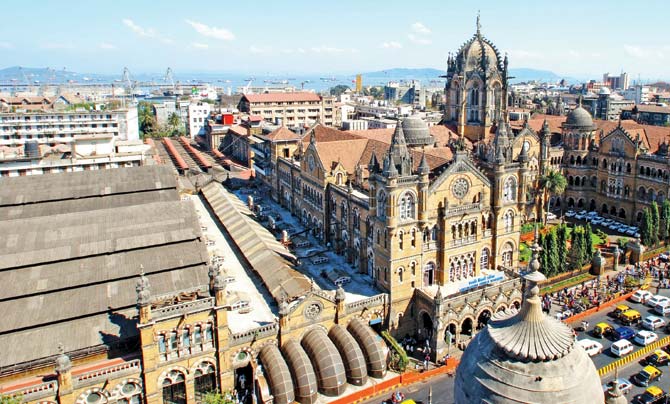While we celebrate the inclusion of Ahmedabad in the World Heritage Site list, we mourn the dilution of the AMASR Act, which protects monuments across India


Earliar this month, UNESCO declared Ahmedabad as a World Heritage city, making it the first such in India. While its addition to a distinguished list marked by other heritage sites like Bath, Edinburgh and Cairo, was being celebrated, an email petition titled Save Our Heritage for Future Generations was doing the rounds of the net. It was to oppose the proposed dilution of the Ancient Monument and Archaeological Sites and Remains Act (AMASR) 1958 that will now allow "public works" to be built within what was a 100 m buffer of prohibited area, as per the notification of 1992 and made into Act in 2010, around all ASI protected monuments. These monuments amount to about 3,686 in number.
ADVERTISEMENT
Similarly, last year, while Chandigarh's Capitol Complex was added to the coveted list as part of the Trans-Continental Serial nomination to celebrate the works of architect Le Corbusier, despite opposition, we lost Pragati Maidan's Hall of Nations, a modern heritage site designed by Raj Rewal to the government's plan to build a 'state-of-the-art' exhibition ground.
It is this strange gaining and losing game surrounding heritage that concerns me as a conservationist. Our past requires a good future, and that's possible through present action. But, built heritage has missed political patronage, administrative/legal protection and corporate funding. I'm yet to see a single example anywhere in India of ideal conservation legislation. Neither state governments nor the centre has taken proactive steps to ensure heritage enjoys the same status as development. A majority of the unprotected heritage stock still falls under obsolete rent control acts that result in the structures' degeneration.
In urban heritage areas at least, the government and civic bodies should consider modifying the rent act or offer sops like reimbursing professional repairs and maintenance spent by users equivalent to prevalent Transferable Development Rights (TDR). This TDR can then be adjusted against its FSI when it redevelops to ensure that the health of heritage buildings and allow them to serve as affordable rental housing stock.
With vast and diverse heritage, including 36 World heritage Sites, India has potential to attract the international and national tourist. However, we are yet to experiment with a SEZ model on heritage and see its impact. Why not take up Nani Daman in the union territory of Daman and Diu as pilot project? The former Portuguese colony has heritage buildings littering its old quarters. Wouldn't it be ideal if civic bodies across the country intergrated the AMASR Act in their Proposed Development plan to ensure both, public and private projects are kept out of the 100m prohibited area?
As conservationists, we wish that the AMASR Act is as stringently followed as the CRZ regulations which have been responsible for the protection of our natural heritage including the coast and river, and built heritage around it. It has been far more instrumental in saving Mumbai's built heritage than existing heritage laws.
In the future, I hope that like the CST Terminus, the gothic revival Architecture in the Fort neighbourhood, the Art Deco ensemble of buildings across from the Oval Maidan and the Marine Drive stretch, and the unique Bombay Deco architecture on Pherozshah Mehta Road also make it to the list because it's all these as a collective whole that make Mumbai distinct. I saw a ray of hope in the decision of the Railways to allow a garden to come up on the east of the CST, following a more sensible recommendation in the WHS nomination dossier, which will benefit the city and citizens, instead of the earlier proposal to carry out commercial development.
If we display zeal in acquiring World Heritage Site status, the government and people must show equal zeal in maintaining it according to international standards. That is our challenge.
The writer is a Mumbai-based conservation architect and 12-time winner of the UNESCO Asia-Pacific Awards for Cultural Heritage Conservation
 Subscribe today by clicking the link and stay updated with the latest news!" Click here!
Subscribe today by clicking the link and stay updated with the latest news!" Click here!







